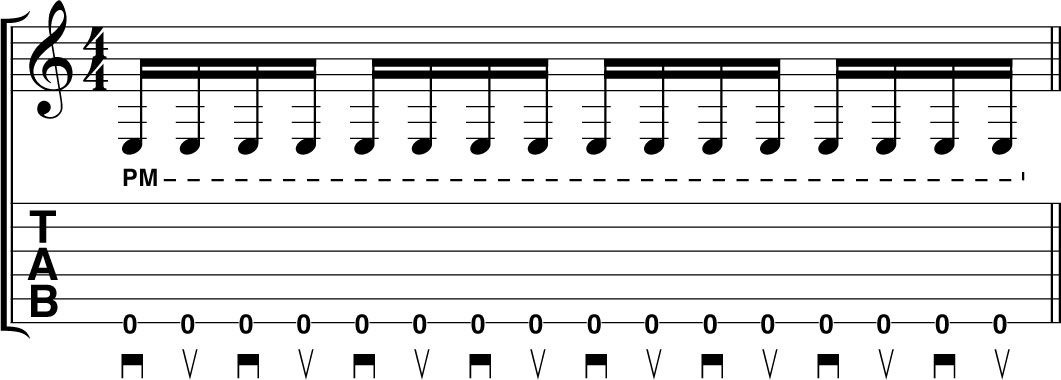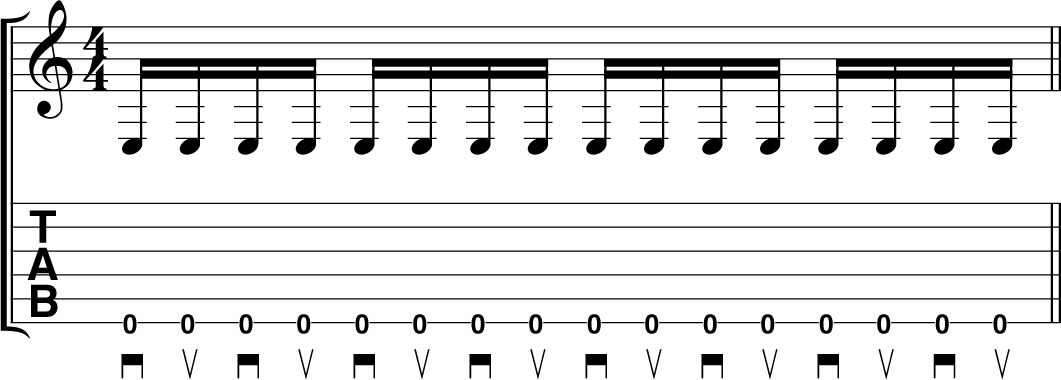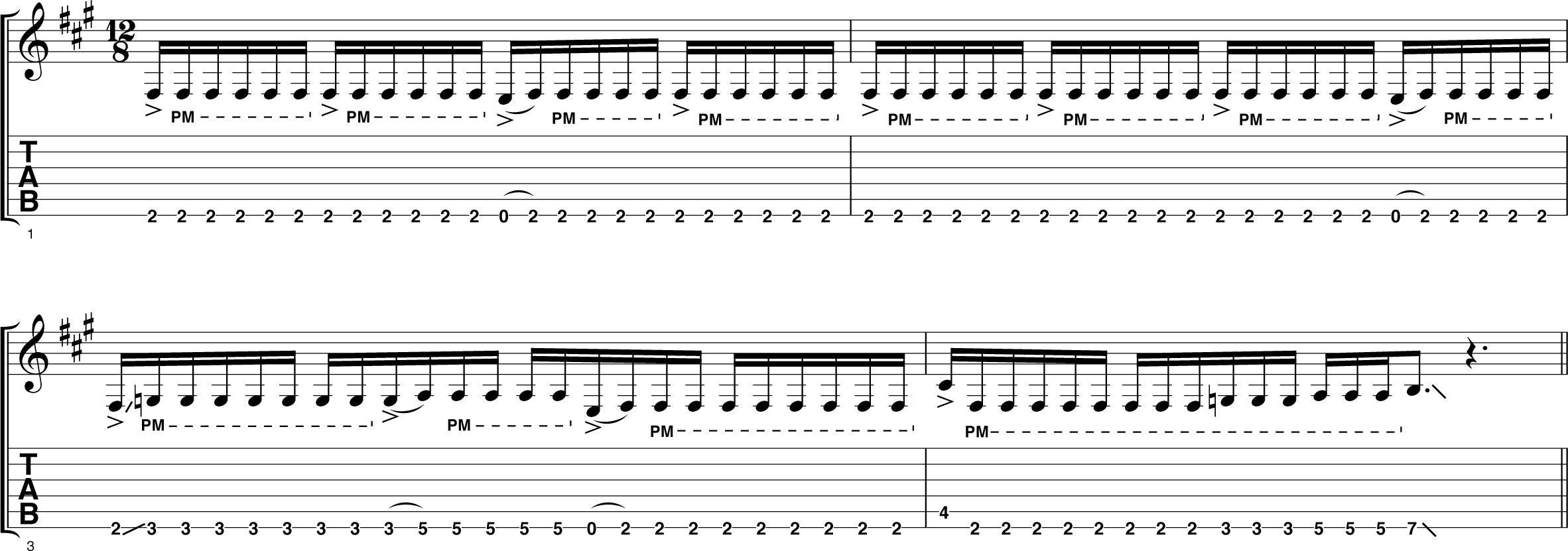Play guitar like... Gus G
An in-depth guitar lesson with the man himself

Gus G fires up his fingers and burns up the fretboard to show you some of the techniques that have made him one of the most sought-after players in rock.
You can distil his enviable soloing skills down to two approaches: alternate-picked scale runs and string-skipped arpeggios
When it comes to lead playing, Gus has a ferocious picking technique and an impressive turn of speed. You can distil these enviable soloing skills down to two approaches: alternate-picked scale runs and string-skipped arpeggios. Of course, there is much more to learn about Gus's playing, but if you understand these elements, then his lead style will open up to you.
Gus begins by playing some three-note-per-string scale shapes. these are useful picking and fretting exercises, but, more importantly, they can form a basis for rapid-fire riffing and soaring lead lines alike.
Following a brief detour into the subject of single-string riffing and palm-muting, Gus moves on to demonstrate three string-skipped arpeggios, each outlining a different chord - a great alternative to scalic solos.
Finally, note that Gus tunes down a tone to DGCFAD, however we have transcribed his examples in standard tuning so you don't have to retune.
Alternate-picked scale

Gus begins by talking about how you can improve your alternate picking, recommending that you run through scale shapes like the A natural minor scale (A B C D E F G), shown here arranged as a three-note-per-string shape. This kind of shape is particularly suited to Gus's brand of fast, slick soloing.
Alternate-picked scale tab (right-click to download)
Get the MusicRadar Newsletter
Want all the hottest music and gear news, reviews, deals, features and more, direct to your inbox? Sign up here.
B locrian mode

This scale shape also contains all the notes of A minor, but this time it starts on B (B C D E F G A). Moving from shape to shape in this way will help you play melodically and create licks that span the fretboard.
Use your first, second and third fingers throughout and phrase four notes for every click of your metronome.
B locrian mode tab (right-click to download)
C major scale

Gus continues the theme of developing your picking with scale runs as he progresses through the C major scale - another take on the notes of the A natural minor scale, but starting on C (C D E F G A B).
This time, play through the scale and add vibrato to the final note; it is a great way of adding attitude and confidence to your playing.
C major scale tab (right-click to download)
Ascending run

Here, Gus returns to the A natural minor shape but mixes up the rhythm by introducing a six-notes-per-beat pattern.
Notice that there is a repeating pattern at play: the last three notes of each grouping are repeated as the first three notes of the next grouping. This is a staple rock and metal phrase, so it's worth devoting some practice time to it.
Ascending run tab (right-click to download)
Descending run

This is exactly the same pattern as the previous run, but played descending.
Gus recommends that you keep your finger movement to a minimum and stay close to the fretboard so as not to waste energy; this will also make playing faster a lot easier. Practise the fretting side of things before speeding up your picking.
Descending run tab (right-click to download)
Improvised scale run

This improvised run uses the same six-note fragments as Gus's C major run, but the structure is less repetitive, which is more interesting for the listener.
Learn the lick in two-beat segments (12 notes at a time) and practise them separately before joining them all together for one long lick.
Improvised scale run tab (right-click to download)
Palm muting for dynamics

Obviously, the notation is simple here, but Gus is palm muting the open string to demonstrate loud and soft picking. Rest the side of your pick-hand against the strings to make a chunky sound.
Back off the muting

Here, Gus lifts off his palm from the strings to let the string vibrate freely - the opposite of palm muting! Keep your pick hand fingers and thumb solid and move your wrist to pick the string.
Improvised riff

Gus improvised this riff to show how palm muting and freely ringing strings can be combined to make riffs more dynamic.
Keep your pick alternating with six-notes-per-beat phrasing and practise lifting and resting the side of your pick hand on the strings. As you lift off of the strings, pick the string harder to accent the note more aggressively.
Improvised riff tab (right-click to download)
Arpeggios

Here, Gus plays three arpeggios (E, Em and Edim7) using string skipping. The idea is that string skipping is a more comfortable arrangement of notes than arpeggios played on adjacent strings.
Focus on cleanly playing the two notes on the first string, then moving to the third string, skipping out the second string all together. The single note on the 4th string is the E root note.
Arpeggios tab (right-click to download)









